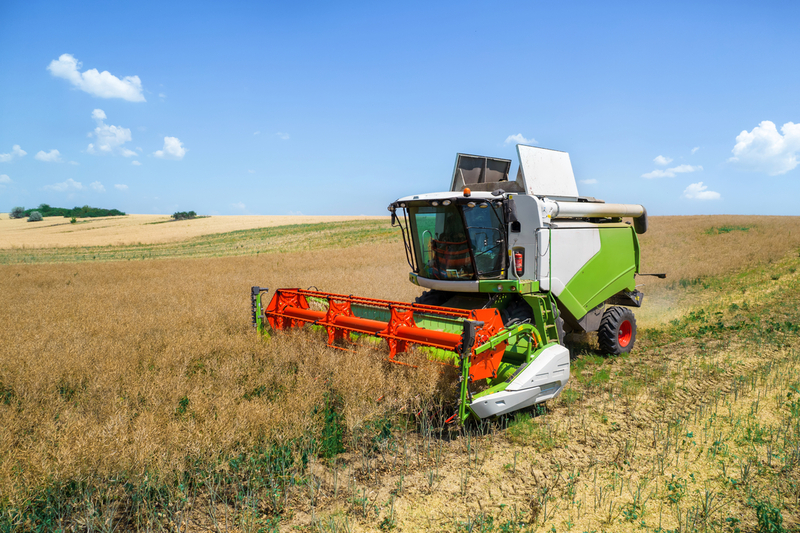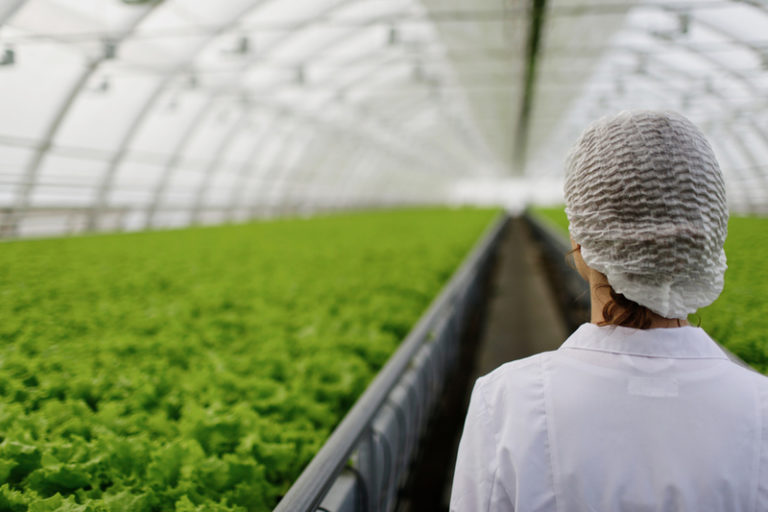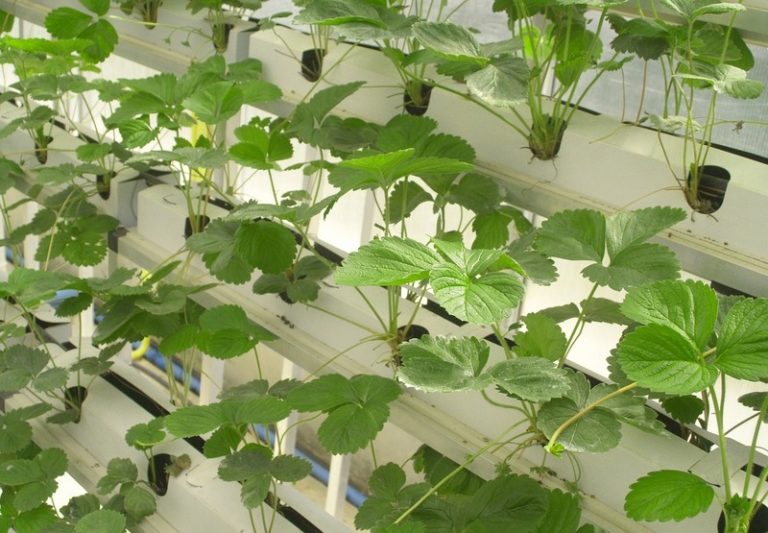Land Clearing in Agriculture: Why it Matters and How to Do it Right
Land clearing is a critical part of the agriculture industry, allowing farmers to prepare land for planting, maintain crops, and protect against pests and diseases. However, land clearing can also have negative impacts on the environment if not done properly.
Here, we will explore the importance of land clearing in agriculture and the steps farmers can take to do it in a sustainable and responsible manner.
Why is Land Clearing Important in Agriculture?
- Preparing the land for cultivation: Land clearing is necessary for preparing the land for farming and cultivation. This includes removing trees, rocks, and other obstacles that could impede crop growth or make it difficult to cultivate the land.
- Increasing arable land: Clearing land can increase the amount of arable land available for agriculture, which can be important in regions where land is scarce or where population growth has put pressure on existing agricultural land.
- Improving soil quality: Clearing the land of trees and other vegetation can improve soil quality by allowing for better soil aeration, drainage, and sunlight penetration. This can improve the overall health of crops and increase yields.
- Controlling pests and diseases: Clearing the land can also help to control pests and diseases that might be present in the native vegetation. This can help to reduce the need for pesticides and other chemicals, and can improve the overall health of crops.
- Enhancing biodiversity: In some cases, land clearing can actually enhance biodiversity by creating new habitats for wildlife or by allowing for the introduction of new plant species.
It’s important to note that land clearing can also have negative impacts, such as soil degradation, loss of wildlife habitat, and increased greenhouse gas emissions.
Therefore, it’s important to carefully consider the benefits and drawbacks of land clearing and to manage it in a sustainable manner.
How to Do Land Clearing in Agriculture in a Sustainable and Responsible Manner
- Use Sustainable Methods: When clearing land, it is important to use sustainable methods, such as manual clearing or mowing, rather than relying on heavy machinery and chemicals. This helps to minimize the impact on the environment and promote sustainable agriculture.
- Minimize Soil Disturbance: Clearing land should be done in a way that minimizes soil disturbance. This helps to prevent soil erosion and maintain soil fertility, allowing for more sustainable agriculture practices.
- Protect Natural Habitats: Clearing land should be done in a way that protects natural habitats and preserves wildlife. This can be done by using techniques such as buffer zones and selective clearing, which help to maintain biodiversity and protect wildlife habitats.
- Consider Reforestation: When clearing land, it is also important to consider reforestation. By planting trees and other vegetation, farmers can help to mitigate the impacts of land clearing and promote a more sustainable and secure food system.
- Follow Regulations: Land clearing should always be done in accordance with local, state, and national regulations. This helps to ensure that the environment is protected and that agriculture practices are sustainable and responsible.
- Monitoring and Evaluation: Regular monitoring and evaluation of land clearing practices is crucial to ensure that they are effective and sustainable. Farmers should regularly assess the impacts of their land clearing practices and make changes as needed to minimize negative impacts and promote sustainability.
- Involve the Community: Involving the local community in land clearing decisions and processes can help to ensure that land clearing practices are sustainable and responsible. This can be done by holding public meetings, gathering input from local residents, and working with community organizations to promote sustainable agriculture practices.
- Invest in Technology: Advances in technology can help farmers to clear land in a more sustainable and efficient manner. This can include the use of precision agriculture tools, which allow farmers to target specific areas for clearing, or the use of drones to monitor land clearing practices.
- Encourage Best Practices: Encouraging and promoting best practices in land clearing can help to ensure that the agriculture industry is sustainable and responsible. This can be done by sharing information and resources with farmers, promoting sustainable agriculture practices, and supporting the development of new and innovative approaches to land clearing.
In summary, there are many ways that farmers and the agriculture industry can support sustainable and responsible land clearing practices.
By using sustainable methods, protecting natural habitats, considering reforestation, following regulations, monitoring and evaluating practices, involving the community, investing in technology, and encouraging best practices, farmers can promote a more sustainable and secure food system.
Also Read :-







